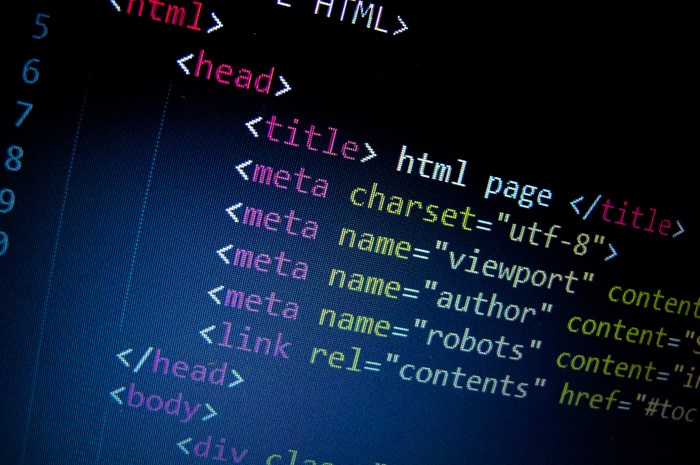Often neglected part of Search Engine Optimisation by any web owner is the on page SEO precautions. Compared to off page SEO such as building relevant and quality links back to the site, on page SEO is relatively less important.
But the advantages of doing on page SEO include:
- Letting Google know proper structure of website and web page
- Gives relative advantage over the competitor in the particular keyword ranking
Working as web developer and On Page SEO specialist, I did found that taken proper precautions and following best practices, On Page SEO does help in getting ranking in Google better.
Here by I am listing the most important factors in On Page SEO.
Page Title
Page title is quiet important in telling the Search Engines what the page is about. It’s always good to target the keyword that we want to rank in the page title. Keyword or keyword phrases can be a part of the page title. Longer page titles need to be avoided and it’s good to limit the title within 70 characters length.
Description Meta Tag
Description meta tags are shown in the SERP results, that helps user know about the particular page at glance. This should always be informative and guiding. Its fact that proper description increases the Click Through rates.
Header Tags
Any page can have header tags from h1 through to h6. It’s good to have a unique h1 tags for each page though we can have multiple h1 tags within the page.
Normally I prefer to have a single h1 tag in the page that is followed by a block of copy explaining about it.
Image renaming conventions
I personally name images that is more descriptive even its just image name with the spaces separated by “-“.
Images should always have proper alt tags. Why? Because whenever search engine is reading the page, it isn’t aware of image, as they read the page as the block of plain text. So its good practice to have proper alt tags explaining what the image is about.
Navigation first of all is helpful for the user to navigate the site.
Second in terms of SEO, a proper navigation sturcutre does help the website show the relevant pages in the sitelinks in the SERP results.
External Javascript / CSS
It’s a good practice to avoid inline CSS and Javascript within the page. Defer Parsing of Javascript is recommend as it help page to load faster.
Avoiding external Javascript and CSS is good in another reason because it helps Search Engines to read the main content of the website and pages first.
Internal Link Building
It’s always good to build links between the pages of the website. This does help in building the relevancy of the web page for the particular page for keywords.
When linking between the pages its good practice to use primary keyword or keyword phrases within the anchor text.
Breadcrumb navigation is really important in establishing the hierarchy and correlation between the pages within the website.
It also helps in creating a proper SILO-ing structure within the website which is helpful to let Search Engines know about the relevancy of the pages within the website.
Avoiding 404 Pages or using creative 404 Pages
It’s always a good idea to limit the number of the 404 pages which stands for page not found error.
A good strategy can be to be use 404 pages in creative way or in manner of landing pages. Things like showing most important articles or even listing the services provided can help in reducing bounce rate or even help in conversions.
Using 301 redirection if URL Structure had changed
It’s common to go website with new look or new url structure for reasons such as redesigning or moving to another Content Management System. During my freelancing time I have seen some cases where it’s completely neglected to use 301 redirection from older page to new page.
One of the main sin of this being, the site will lose the ranking for previous pages as Search Engine won’t be able to establish connection between old and new pages.
I hope these points are helpful and hope to structure your website for proper on Page SEO.




